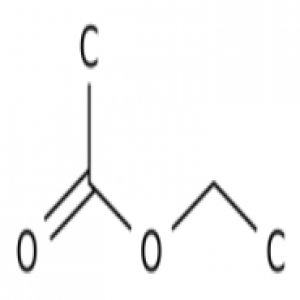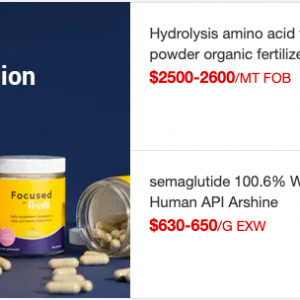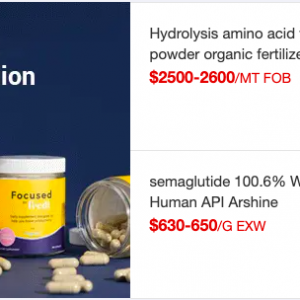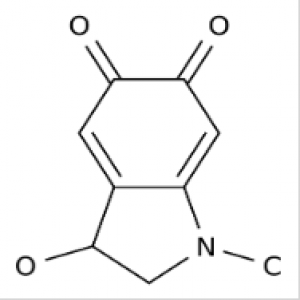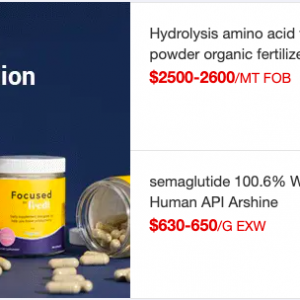Polyquaternium 10 is a thickening quat conditioner of the polymeric quaternary ammonium salt of hydroxyethyl cellulose. Viscosity 1,000-2,500 cps. Cationic quat conditioning agent, adheres readily to hair proteins. Provides superb wet combatibility, good manageability & curl retention. Builds viscosity making the use of an auxiliary thickener unnecessary.
When used in hair care products, polyquaternium 10 can reduce static electricity. It enhances the appearance and feel of hair, by increasing hair body, suppleness, or sheen, or by improving the texture of hair that has been damaged physically or by chemical treatment.
Polyquaternium 10 is a synthetic polymer compound primarily used in hair care products due to its value as a flexible film-forming and anti-static agent. Of note, it offers conditioning and detangling benefits.
Polyquaternium 10 also shows up in skin care formulas such as cleansers, exfoliants, and moisturizers where it is known to offer emollient properties and can be used to control the viscosity of a formula, thereby enhancing the texture.
As a raw material, it has a white granular powder appearance and is soluble in water.
Polyquaternium 10 has decades of history of safe use in cosmetics and was most recently reevaluated by the Cosmetic Ingredient Review Expert Panel in 2008, where it was once again deemed safe. Their report surveyed 396 products using polyquaternium 10, with concentrations ranging from 0.004% to 1.5%.
Polyquaternium-10 is a polymeric quaternary ammonium derivative of hydroxyethyl cellulose that is used in cosmetics as a conditioner, thickener, and emollient at concentrations of I 0.1 %-5%. Polyquaternium-10 has, at most, only a low potential to penetrate the stratum corneum but is adsorbed by keratinous surfaces. The oral LDso of Polyquaternium-10 was not obtained at 16g/kg in rats. Inhalation, dermal, and ocular animal test data indicated, at most, only a low degree of toxicity at test concentrations of Polyquaternium 10 greater than that used in cosmetic products. Polyquaternium 10 with and without metabolic activation was not a mutagen in three separate assay systems. Polyquaternium 10 was neither an irritant nor a human sensitizer when tested at 2.0%. Cosmetic products containing .up to 1 o/o Polyquaternium 10 were not human irritants, sensitizers, or photosensitizers. On the basis of the information presented, it is concluded that Polyquaternium 10 is safe as acosmetic ingredient in the present practices of use.
Polyquaternium 10 is a cationic form of hydroxyethyl cellulose that adsorbs P and sorbs well to proteinaceous surfaces. It is used in cosmetics as a conditioner, thickener, and emollient in hair care products, lotions, and makeup.
When used in hair care products, polyquaternium 10 can reduce static electricity. It enhances the appearance and feel of hair, by increasing hair body, suppleness, or sheen, or by improving the texture of hair that has been damaged physically or by chemical treatment.
Polyquaternium 10 is a synthetic polymer compound primarily used in hair care products due to its value as a flexible film-forming and anti-static agent. Of note, it offers conditioning and detangling benefits.
Polyquaternium 10 also shows up in skin care formulas such as cleansers, exfoliants, and moisturizers where it is known to offer emollient properties and can be used to control the viscosity of a formula, thereby enhancing the texture.
As a raw material, it has a white granular powder appearance and is soluble in water.
Polyquaternium 10 has decades of history of safe use in cosmetics and was most recently reevaluated by the Cosmetic Ingredient Review Expert Panel in 2008, where it was once again deemed safe. Their report surveyed 396 products using polyquaternium 10, with concentrations ranging from 0.004% to 1.5%.
Polyquaternium-10 is a polymeric quaternary ammonium derivative of hydroxyethyl cellulose that is used in cosmetics as a conditioner, thickener, and emollient at concentrations of I 0.1 %-5%. Polyquaternium-10 has, at most, only a low potential to penetrate the stratum corneum but is adsorbed by keratinous surfaces. The oral LDso of Polyquaternium-10 was not obtained at 16g/kg in rats. Inhalation, dermal, and ocular animal test data indicated, at most, only a low degree of toxicity at test concentrations of Polyquaternium 10 greater than that used in cosmetic products. Polyquaternium 10 with and without metabolic activation was not a mutagen in three separate assay systems. Polyquaternium 10 was neither an irritant nor a human sensitizer when tested at 2.0%. Cosmetic products containing .up to 1 o/o Polyquaternium 10 were not human irritants, sensitizers, or photosensitizers. On the basis of the information presented, it is concluded that Polyquaternium 10 is safe as acosmetic ingredient in the present practices of use.
Polyquaternium 10 is a cationic form of hydroxyethyl cellulose that adsorbs P and sorbs well to proteinaceous surfaces. It is used in cosmetics as a conditioner, thickener, and emollient in hair care products, lotions, and makeup.


